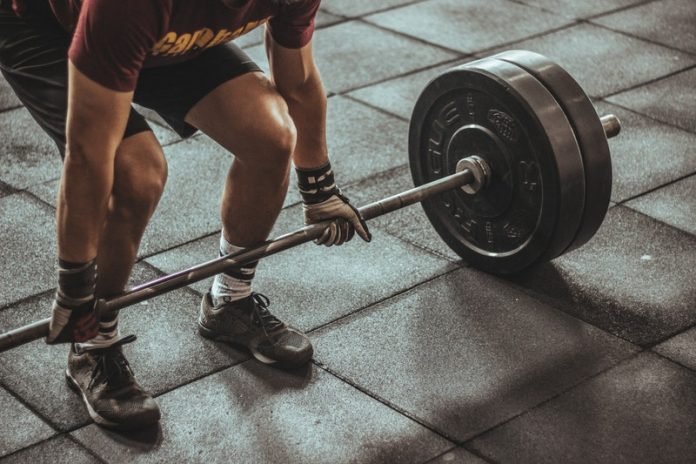
In a new study, researchers found weight training, also called resistance training, can help people with peripheral artery disease reduce painful symptoms like muscle cramps during walking.
The study was conducted by UNSW medical researchers.
Peripheral artery disease (PAD) is a build-up of plaque in the arteries. It can be caused by high cholesterol, nicotine, and other cardiovascular disease risk factors.
It leads to narrowing of the arteries and ultimately reduced blood and oxygen supply to the legs.
Once the disease progresses, patients can develop cramping pain while walking, which is quickly relieved by rest.
This leads to patients avoiding walking and other forms of exercise that cause pain.
Patients may have more sedentary behaviors, and a higher risk of developing the further vascular disease, including heart attack and stroke.
One of the biggest issues is that peripheral artery disease is asymptomatic to start and only gets diagnosed when patients present to their doctor with the cramping pain.
This means it has already progressed. Once symptoms kick in, they can often be really painful—we call the main symptom intermittent claudication.
Essentially, it means people experience severe muscle cramps when they are physically active, like when walking, which is then relieved by rest.
Upon diagnosis, exercise is typically the number one and initial treatment prescribed, with interval walking the current gold standard for improving symptoms.
In the study, the team examined the potential benefits of weight training for PAD.
They showed that high-intensity resistance training was effective for improving walking ability in patients with PAD.
High-intensity weight training improves people’s walking ability. The results indicated that it was effective at improving all forms of walking—both graded treadmill and flat ground walking.
It improved how far someone could walk before the pain kicked in, and their total walking distance.
Crucially, weight training allows patients to train the muscle groups that aren’t affected by claudication, so they can avoid cramps altogether during the sessions.
Weight training can help patients with PAD improve their ability to walk and complete other forms of exercise.
Now, the researchers hope that their findings will soon be reflected in treatment guidelines for PAD.
The lead author of the study is Dr. Belinda Parmenter, Accredited Exercise Physiologist and Deputy Head of UNSW’s School of Medical Sciences.
The study is published in the British Journal of Sports Medicine.
Copyright © 2019 Knowridge Science Report. All rights reserved.



